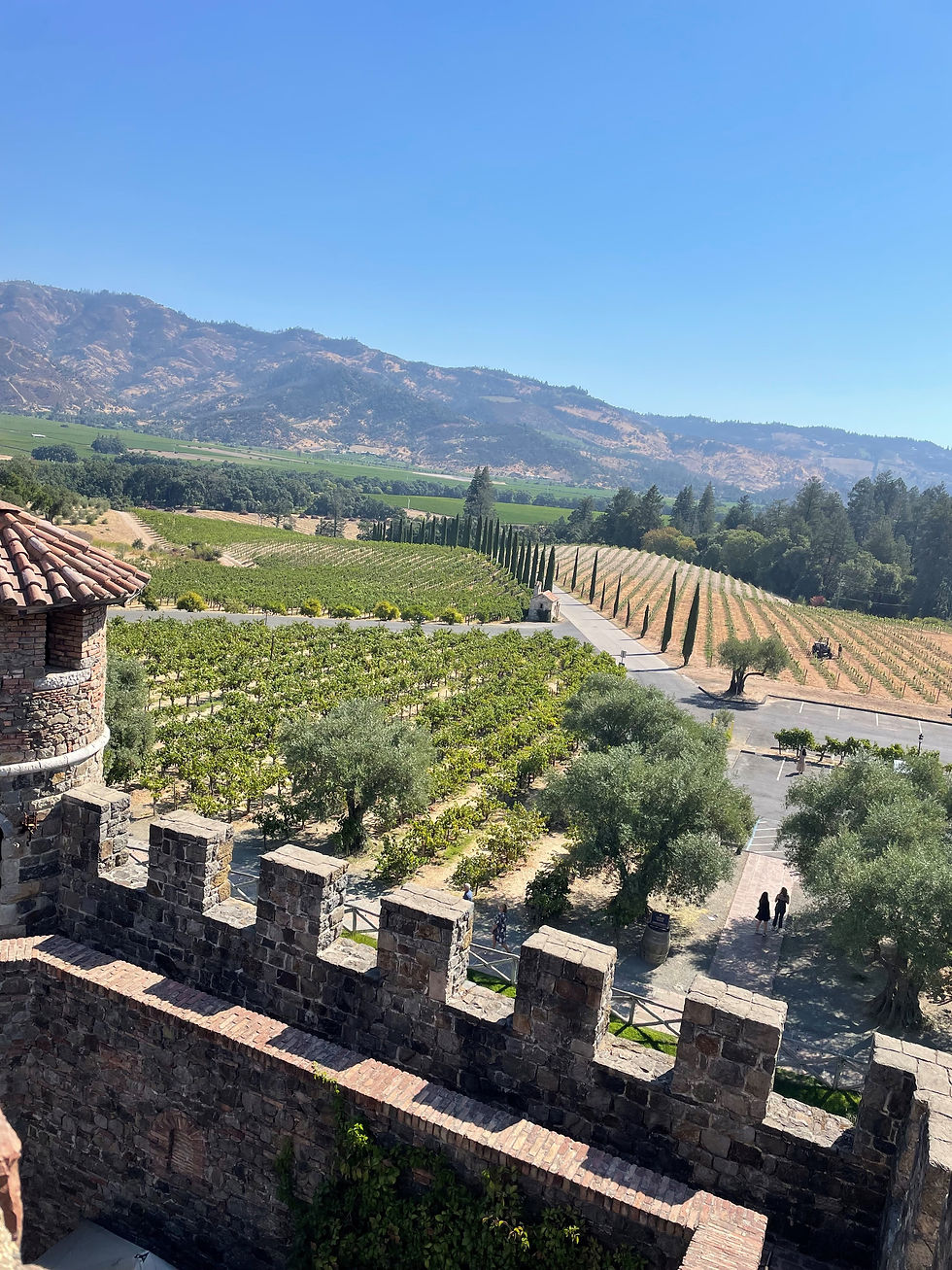Microbial Soil Health: What I Learned in Napa Valley Vineyards
- Nick Vincent
- Aug 28
- 2 min read
After a recent visit to the sun-soaked vineyards of Napa Valley, one thing stood out - beneath the celebrated wines and carefully trellised vines lies a powerful, living system: the microbial soil biome. It's invisible, but it’s everything.

Napa Valley's Roots: Soil as the Foundation of Quality
Walking row by row with seasoned vineyard stewards, I noticed how many of them spoke less about grape varietals and more about what lies beneath—the life in their soils.
In one organically managed plot, vines thrived with minimal irrigation.
In another, a winemaker pointed out richer flavor profiles after reintroducing compost and biological inputs.
The common thread? Microbial health.
Vineyard managers here are increasingly focused on soil biology as a driver of grape quality, vine resilience, and long-term sustainability.
What Microbes Do for Grapevines
Healthy soils teem with life—billions of microbes per teaspoon. These bacteria, fungi, and other organisms perform services critical to vineyard productivity:
Bacteria break down organic matter and cycle nitrogen.
Mycorrhizal fungi partner with vine roots to increase nutrient uptake—especially phosphorus and water.
Actinomycetes and protozoa maintain soil texture and nutrient availability.
Together, they form the soil food web, a network essential to healthy vines and expressive fruit.

The Role of Terreplenish® in Vineyard Soil Health
Many Napa Valley vineyards are now using Terreplenish®, a certified organic microbial input, to replenish and feed these soil organisms. Terreplenish acts as a biological soil activator, derived from fermented plant materials that stimulate beneficial microbes.
Benefits of Using Terreplenish in Vineyards:
Increases microbial biomass and root-zone activity
Enhances nutrient uptake and water retention
Reduces dependency on synthetic fertilizers
Supports disease resistance through improved soil biology
At several vineyard sites, cover crops + Terreplenish were the new standard a perfect combination for regenerative soil restoration.
Microbes and the Flavor of Wine
Terroir isn’t just topography and temperature it includes biological signatures. Scientific studies increasingly show that soil microbial diversity correlates with:
Grape metabolite profiles
Fermentation dynamics
Wine flavor expression
In Napa, winemakers describe how "vines grown in living soil" produce grapes with more vibrant acidity and layered aromas—a testament to microbial influence.
Threats to Soil Life—and How to Restore It
Conventional Inputs Can Degrade Microbial Communities:
Synthetic nitrogen burns off fungal populations.
Frequent tilling breaks fungal networks.
Fungicides harm beneficial soil fungi and bacteria.
But vineyards are turning the tide. With solutions like Terreplenish, compost, and reduced tillage, growers are seeing soils come back to life.

A Regenerative Future for Viticulture
Back in the valley, vineyard after vineyard is embracing soil-first thinking. And with climate variability and input costs rising, the shift to microbial health isn’t just ecological, it’s economic.
Top Practices Reviving Microbial Soil Health:
Apply Terreplenish regularly for microbial balance
Plant cover crops for root exudates and carbon
Minimize soil disturbance to protect hyphal networks
Integrate animals or biofertilizers where possible
Summary
Napa’s lesson is clear: the future of great wine begins underground. Microbial soil health is no longer a fringe concern—it’s at the heart of quality, sustainability, and terroir. With tools like Terreplenish and thoughtful regenerative practices, vineyards can regenerate not just soil but flavor, resilience, and legacy.








Comments